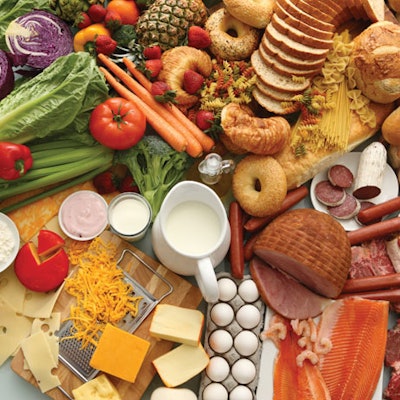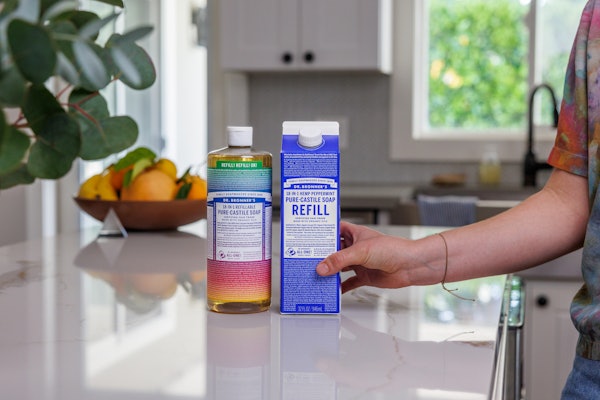
These are just some of the steps the agency has taken to make for a safer food supply. All of FDA’s efforts are not enough for critics from Congress and advocacy groups, who still want FDA to get more money and people to be even more active in this area.
On Prevention:
On the Prevention front, FDA says it is establishing offices in China, India, Europe, Latin America, and the Middle East. FDA also took part in a delegation to China geared toward addressing food safety issues in the U.S., China, and beyond.
FDA released and provided training related to CARVER, a self-assessment tool that industry can use to minimize the risk of intentional contamination. They also met with federal, state, local, tribal, and territorial partners to discuss food protection. FDA will hire an ‘International Notification Coordinator’ to handle coordination of information exchange between FDA and counterpart authorities in other countries.
FDA also approved the use of irradiation of iceberg lettuce and spinach for the control of food pathogens. Laboratory advancements include the development of methods to detect melamine and cyanuric acid in feed and feed ingredients and the use of genetic analysis to identify various Salmonella strains. Finally, FDA says it posted a food package database on the web to provide information on package defect classification and identification.
On Intervention:
As for intervention, FDA inspected high-risk domestic food establishments and carried out a risk-based inspection of a canning facility and identified product contaminated with C. botulinum spores, which resulted in a recall. Additionally, FDA has developed technology that allows for the rapid detection of E. coli and Salmonella in food.
Recognizing that it will never have all the resources it will need to inspect all the companies it needs to as often as needed, FDA got started on a voluntary third-party certification program for food and animal feed. The FDA Web site of adverse drug events will be expanded to include adverse feed events, which will allow FDA to more quickly respond to outbreaks of feedborne disease in animals. Finally, the FDA and U.S. Customs and Border Protection jointly polished off the procedures for food companies to give prior notice of imported food shipments, a requirement that was part of the post-9/11 changes in the law.
On Response:
The Response strategy finds FDA working with both industry and the public to identify ‘best practices’ for tracing fresh produce along the supply chain. FDA has developed tools to track emergency response resources, which they say enhances their ability to coordinate a response to foodborne illness events. FDA also signed cooperative agreements with six U.S. states to form a “Rapid Response Team” for handling response to food supply threats.
In addition to working with state and local counterparts on the melamine issue, FDA has added two employees that serve in the role of emergency/complaint response coordinators, tasked with canvassing 2,100 vendors of Asian products to locate Chinese infant formula and milk-related products.
Also in response to melamine, FDA maintains a list on its website of products to avoid.























